The curated personal collections of creative people often provide some of the most fascinating and quirky auctions and design sales. And so it will be at the Sworders auction rooms in Stansted Mountfitchet (near Stansted Airport), on Tuesday, July 9th, where items from the estate of architect and interior designer Max Clendinning (1924-2020), and his partner, theatre set designer Ralph Adron (1939-2023), will be sold.
Clendinning was raised in Co Armagh, where his family owned a furniture factory. He studied at the Belfast College of Art and apprenticed with the Belfast architect, Henry Lynch-Robinson. He later won a scholarship to study with the Architectural Association in London, and a British Council touring grant to study architecture in Italy.
The couple first met in 1960 when Clendinning was already established in his career, and Adron was a student at the Slade School of Fine Art in London.
Clendinning, although lesser known than British furniture designers Terence Conran and Robin Day, made his mark on interior design. His slot-together Maxima chairs, inspired by computer lettering, were some of his standout pieces, as were chairs commissioned by the upmarket London department store Liberty’s.
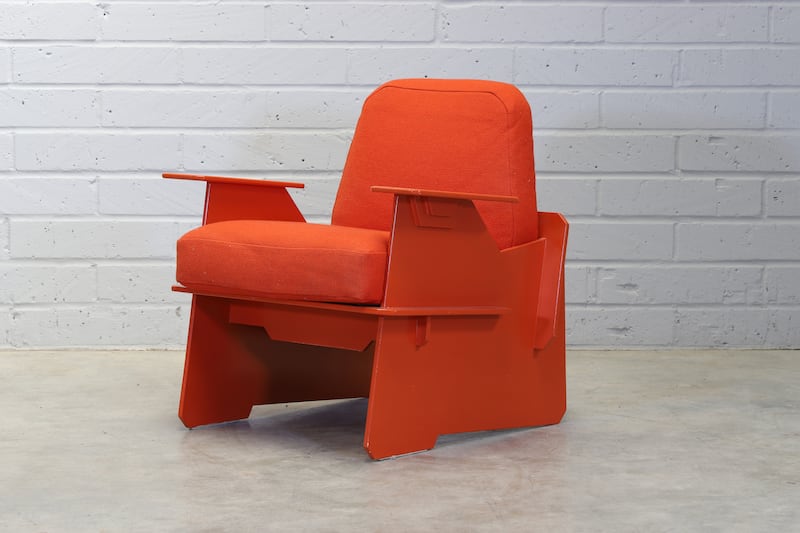
While working with British Railways, he designed the 1960s station at Oxford Road, Manchester, with its innovative layered roof. In London, he also ran an interior design and furniture studio, designing one off pieces which Adron made. Italian modernism and postmodernism were key sources of inspiration.
In their home in Islington, the couple painted ceilings and walls with flamboyant murals, and filled rooms with their avant-garde furniture and eclectic blending of pop, space-age futurism, art deco revivalism, minimalism and surrealism. They also shared a passion for collecting one-off objects bought in market stalls wherever they went.
Clendinning and Adron also had a holiday home in the Italian province of Umbria, and both properties were featured in photo shoots in Vogue Living, World of Interiors, the New York Times and the Financial Times over the years. Some of their rooms were also recreated for the retrospective exhibition Max Clendinning: A Life in Design at the Ulster Museum in 2006.
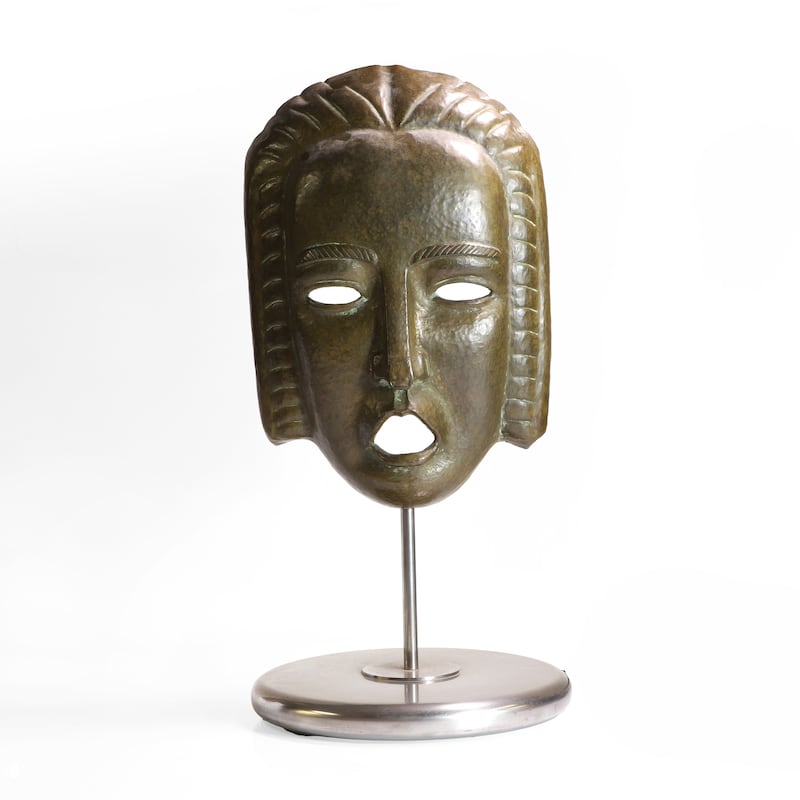
According to design journalist Dominic Lutyens, Clendinning and Adron were “key movers and shakers in Swinging Sixties London”.
“They revelled in, and popularised, a free expressive approach to domestic interior design, widely adopted in the UK in the 1960s and 1970s,” he wrote in a Design Edit article in 2022.
The Sworders sale will include some of Clendinning’s own pieces, including his famous slot-together chairs, sofas and tables. Rugs, cabinets and painted ceramics made by Adron also feature, as do some spectacular paired tiles (£300-£500/€355-€592 for two), which were made by William De Morgan (1839-1917), a contemporary of William Morris. Some tiles painted by Salvador Dalí also feature, as does a plate painted by Picasso.

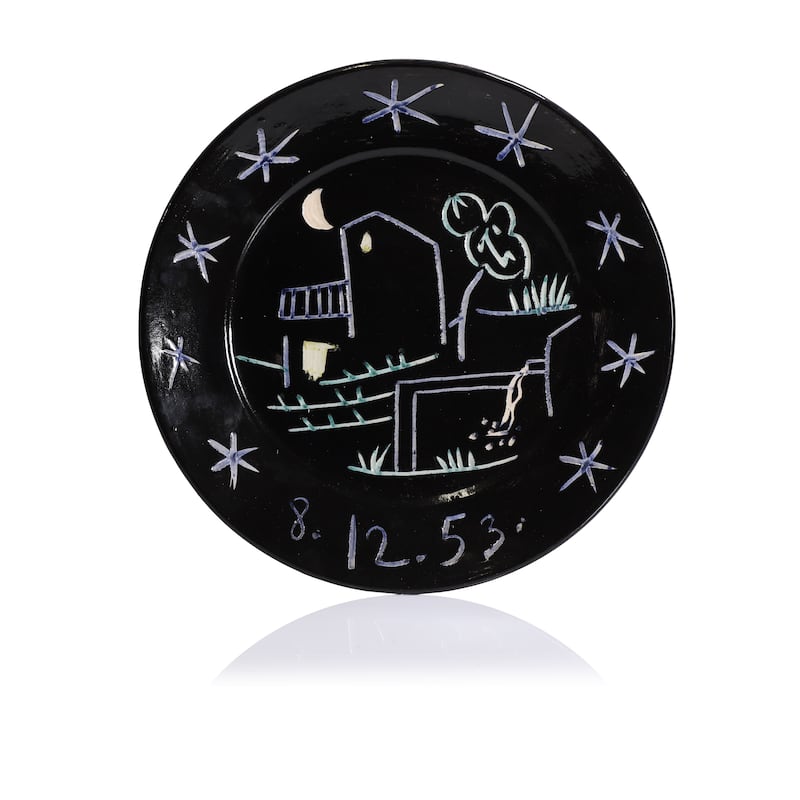
Also included is a black lacquered cabinet with a marble top, which was specifically designed to accommodate the aforementioned large Picasso stoneware landscape charger. Charger plates are larger than dinner plates and used underneath other crockery on the table to protect its surface. Aesthetically pleasing ones are also often put on display.
The Sworders auction also includes some chairs made by the late Finnish designer, Alvar Aalto, plenty of 20th-century Danish-designed tables, chairs and side boards and several ornamental pieces by Austrian-born, Italian architect and designer Ettore Sottsass, who was part of the post modern Memphis group of designers in the 1980s. These include the geometrical-shaped red vase (£2,000-£3,000).
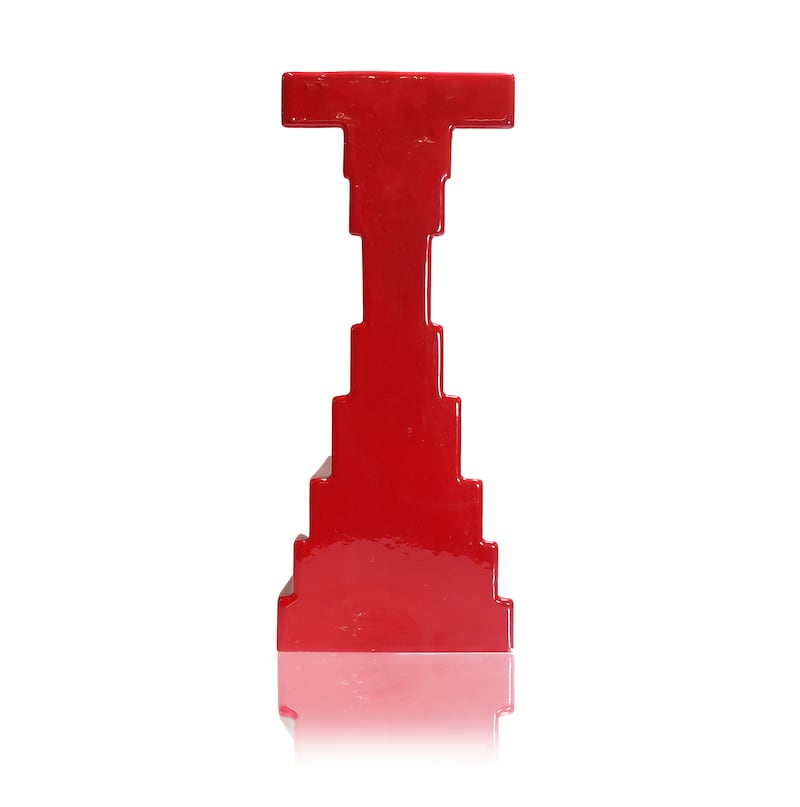

And the National Museum of Ireland – Decorative Arts and History, might be interested to add to their collection of pieces by acclaimed Irish designer, Eileen Gray. One of her iconic leather chairs is also included in the sale. The Bibendum (£400-£600) has a barrel bolster back upholstered in tan leather on a tubular cantilever stand.
Meanwhile, in Cork, the Lynes & Lynes auction of at least three house contents on July 6th has an interesting selection of old clocks and cameras. The clocks include two long-cased free standing clocks – one made by Cork-born clock maker James Aickin (€300-€500) circa 1780, which is in need of full restoration; and a second made by Carlow clockmaker, Robert Fishbourne, also in the 18th century (€1,500-€2,000). The carved oak cased gramophone with timber horn in working order (€300-€500) is a timepiece of a different sort, which might suit a retro-style interior. And the batch of cameras will definitely draw some specialist collectors.
sworder.co.uk, lynesandlynes.com
What did it sell for?
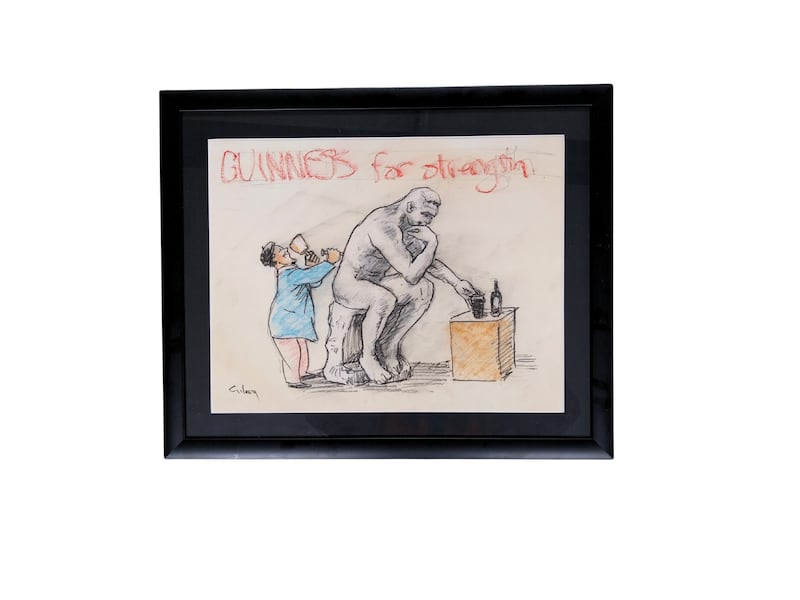
Guinness for Strength sculptor carving stone man, after a Henry Moore sketch by John Gilroy
Estimate €600-€1,200
Hammer price €3,000
Auction house Victor Mee
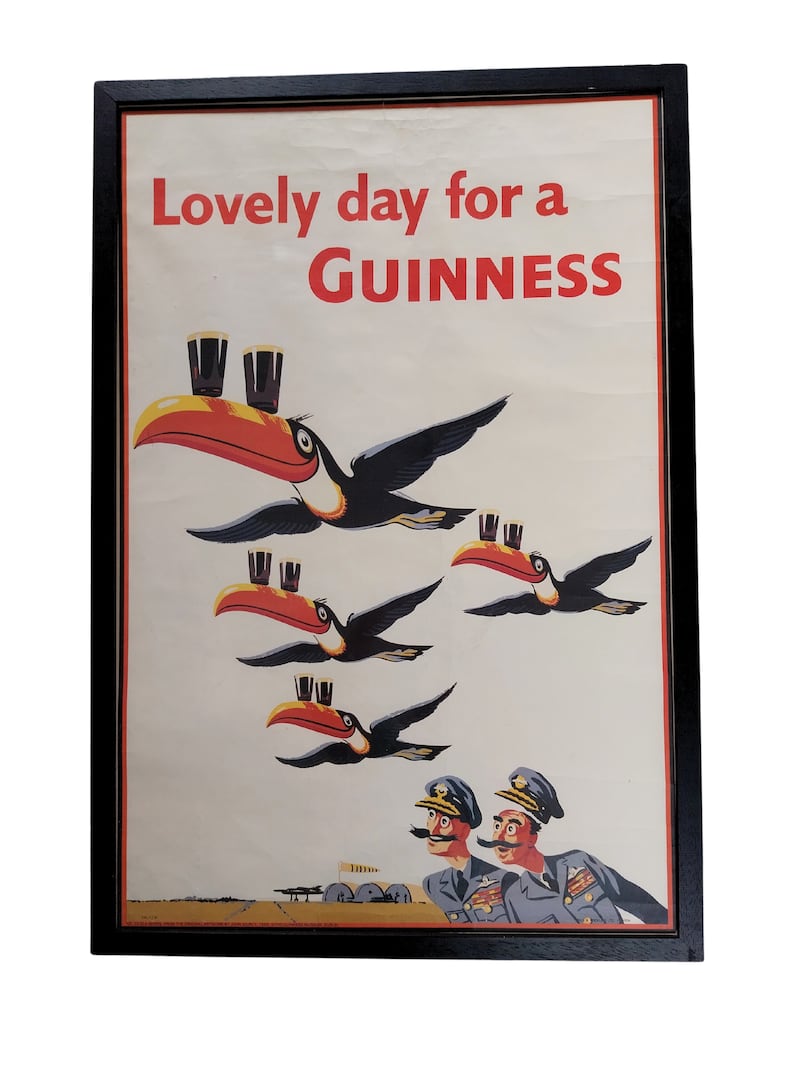
Lovely Day for Guinness poster with flying toucans
Estimate €150-€250
Hammer price €180
Auction house Victor Mee
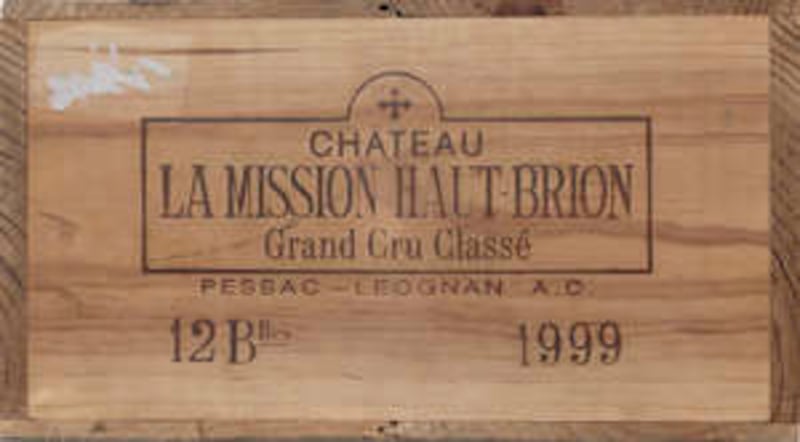
Chateau La Mission Haut-Brion Pessac-Leognan, France 1999
Estimate €4,000-€6,000
Hammer price €3,600
Auction house Adam’s
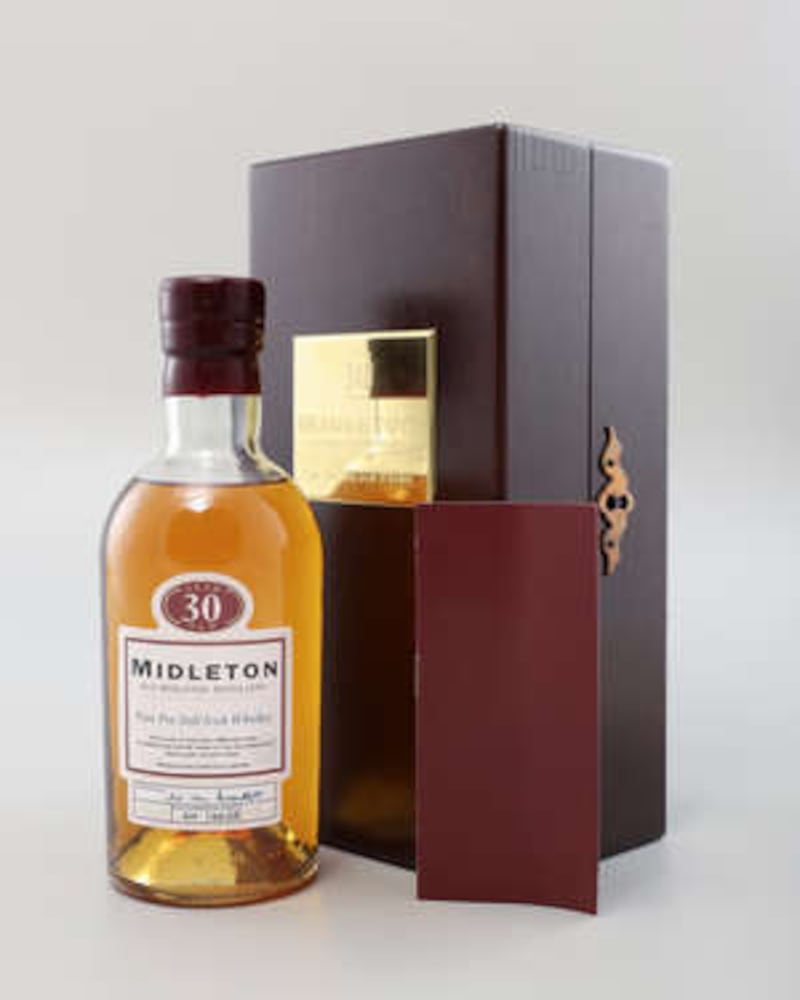
Midleton 30-year old pure pot still whiskey, Cork Waiting for the catch, west of Ireland, Markey Robinson
Estimate €3,000-€4,000
Hammer price €3,000
Auction house Adam’s
Waiting for the catch, west of Ireland, Markey Robinson
Estimate £3,500-£4,500
Hammer price £4,200
Auction house Ross’s
- Sign up for push alerts and have the best news, analysis and comment delivered directly to your phone
- Join The Irish Times on WhatsApp and stay up to date
- Listen to our Inside Politics podcast for the best political chat and analysis





















